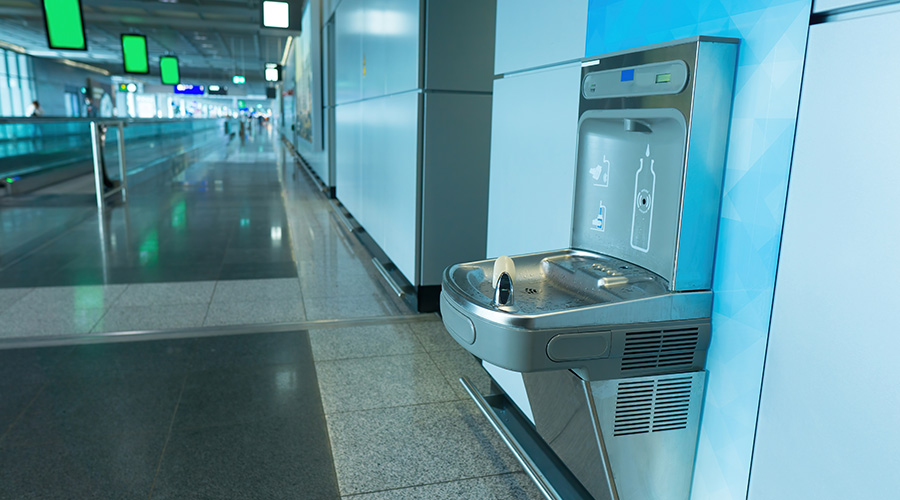Pumping Systems: How to Calculate Life-Cycle Costs
Maintenance and engineering managers typically purchase pumps for institutional and commercial facilities as individual components. But pumps provide a service only when they operate as part of a system. The energy the system uses depends on the pump's design, the system installation, and the way the system operates. These factors are interdependent, and managers must match them carefully to each other and ensure they remain so throughout their working lives to deliver the lowest energy consumption and cost.
By calculating the pumping system's life-cycle costs, understanding when to apply variable-speed drives (VSDs), and optimizing pump selection, managers can maximize the pump's energy efficiency to provide a greater return on investment for the organization.
Life-Cycle Costs
The initial purchase price is a small part of the life-cycle cost for high-usage pumps. Accounting for the components that make up the total cost of ownership gives managers an opportunity to dramatically reduce energy, operational, and maintenance costs. Reducing energy use and process waste also has significant environmental benefits.
Determining life-cycle costs involves identifying and quantifying the components of the life-cycle-cost equation. When used as a comparison tool among possible design or overhaul alternatives, the process of calculating life-cycle costs will uncover the most cost-effective solution within the limits of the available data.
For most facilities, lifetime energy or maintenance costs are the most significant elements of the life-cycle cost equation. So it is important to accurately determine the current cost of energy, the anticipated annual energy price escalation for the estimated equipment life, and expected labor and material costs.
Managers can estimate the other elements of the equation, such as the lifetime costs of downtime, decommissioning, and environmental protection, based on historical data from similar pumps. Depending upon the facility, downtime costs can be more significant than energy or maintenance costs, so managers need to carefully consider lost productivity due to unscheduled shutdowns.
Analyzing life-cycle costs requires assessments that include reviewing system details, such as comparing one pump type to another, or one control method to another. Managers should focus on the monitoring system and different process control methods to operate the pump most efficiently. Whatever the specifics, managers should compare the designs on a like-for-like basis.
Finally, managers might need to consider maintenance or servicing costs, particularly where these activities are subcontracted, or where spare parts come with the initial supply of the equipment. This evaluation must be made on a strictly comparable basis. If managers decide to subcontract or stock strategic spares based entirely on the grounds of convenience, they must use this criterion for all systems they assess.
Related Topics:














